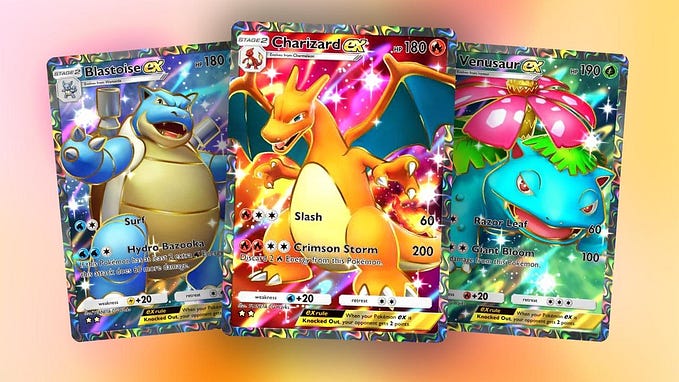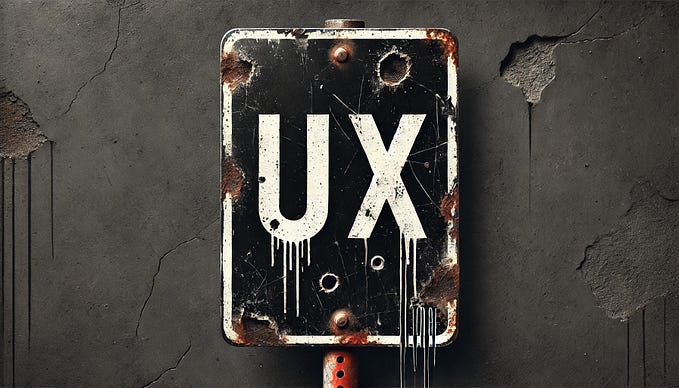Member-only story
Why I was wrong about sparkles ✨
UI for AI: sparkles revisited.

Last year I wrote an article detailing the origin and evolution of my favorite emoji, the sparkle. ✨ At the time, companies experimenting in the realm of artificial intelligence were using the four-pointed star icon or cluster of sparkles to represent some kind of AI capability. I criticized this trend, pointing to the nebulous meaning behind sparkles. In terms of user experience, sparkles aren’t instantly recognizable as being related to AI. Rather, they are best used to indicate a new ✨ (sparkling new) ✨ feature or something else. More specifically, I wrote,
“Sparkles are great, but they don’t have a solid meaning in the same way that a clock or calendar icon has. When tapping on a sparkle, users aren’t entirely sure what might happen next. That’s okay for new things, for features introduced with plenty of explanatory copy, but making a sparkle icon a permanent fixture in a design isn’t the best choice.”
But that was last year. Now, AI is all about the sparkles.
Why are sparkles used to represent AI?

Rather than wire-and-node designs or robotic outlines, sparkles, or as some have termed sparks, have been embraced as the de facto symbolism of AI. The logic behind this choice is that not only is AI new and exciting, it feels a little bit like magic.
When drafting an article like this one, I can ask Notion to help me elaborate on why sparkles have gained popularity. Google’s generative search experience and the experimental Bard (both feature sparkles in their identifying icons) make research a breeze, practically doing the work for me. Zoom’s AI assistant can make a transcript of a meeting, a frankly wizardly feat.
It’s little wonder why magic has become entwined with AI.
Google Bard







